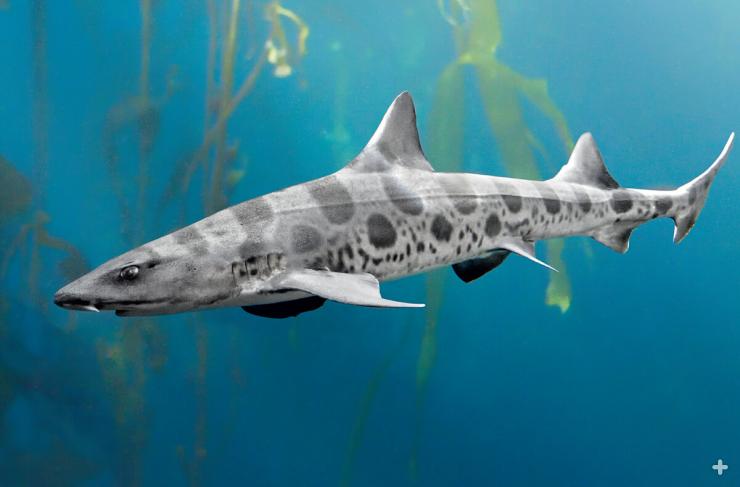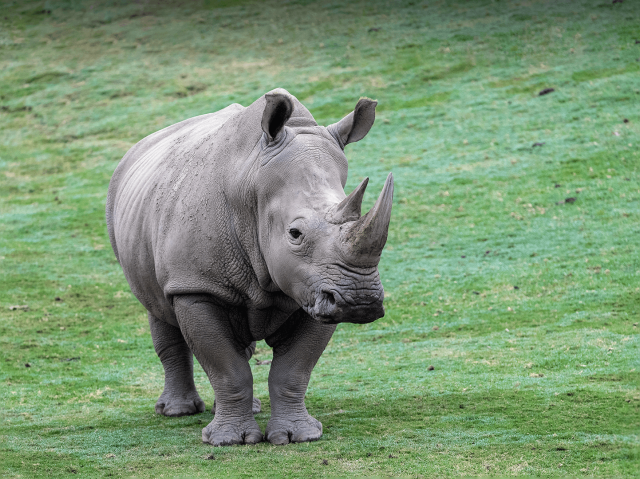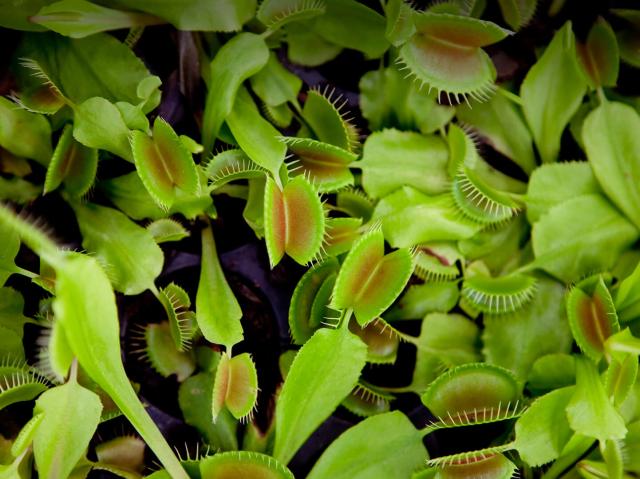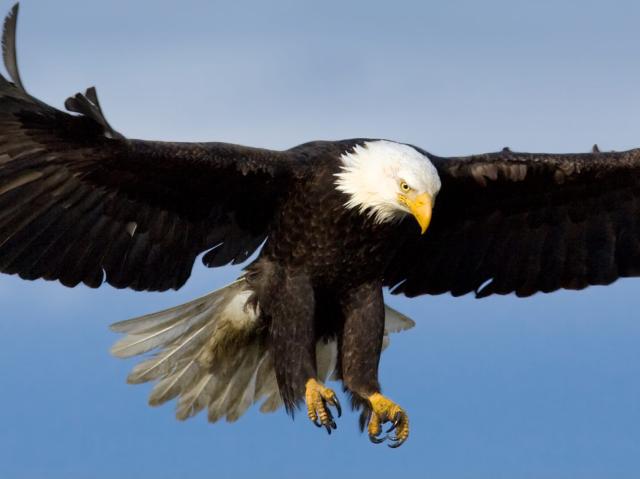
Leopard Shark

- Class: Chondrichthyes
- Order: Carcharhiniformes
- Family: Triakidae
- Genus: Triakis
- Species: semifasciata

ABOUT
Leopards of the sea. Leopard sharks enjoy a narrow band of ocean and inlet areas in the Pacific Ocean between Oregon and the Gulf of California. They are some of the most common sharks found along the coast of California. Named for their striking appearance, these sharks sport dark, saddle-shaped splotches along the fins and upper body, overlaying an all silver or grey body. Leopard sharks arrive in San Diego in massive numbers during warm summer months, and have been observed to be mostly pregnant females! While here, they enjoy the warm, shallow, protected waters of the Matlahuayl State Marine Reserve in La Jolla, California.
Bendy, not bony. Sharks and other fish have many characteristics in common. One thing that sets them apart from most fish species is their skeleton. Most fish belong to a Class called Osteichthyes, which have hard bones, like ours. Sharks, rays, and skates, on the other hand, belong to a class called the Chondrichthyes; their skeleton is made of cartilage, just like our ears and nose!

Sink or swim. Leopard sharks are well-adapted to living near the ocean floor, spending most of their time a foot or so above the bottom. This is because they, like all sharks, lack a swim bladder, a sac-like organ that fish use to fine-tune their buoyancy. Instead, they store oil in their massive livers to counterbalance their own weight. They typically remain slightly less buoyant than the water around them, so they tend to sink when they are not swimming.
A sixth and seventh sense. Humans and sharks have five senses in common: sight, smell, sound, taste, and touch. All fish have a sixth sense, called the lateral line, which can sense pressure changes in the water. Sharks have a seventh sense located near the snout, called the ampullae de Lorenzini, that can detect close-by electromagnetic fields that are radiated by every living animal. Sharks can detect these electromagnetic waves up to three feet away, which is just enough to snatch up a meal that might be hiding under the sand or disguising itself as a rock or plant.
Friend, not food. There are no reported fatal attacks on humans by leopard sharks. In fact, there are only a handful of reported “attacks” by leopard sharks at all. These attacks could be in the form of the shark just bumping into a human. However, leopard sharks are occasionally caught as a food source for humans. Because of their slow growth rate, late maturity, and low reproductive output, catching too many leopard sharks can cause their populations to rapidly decline. Due to high levels of mercury in its flesh, leopard sharks should not be consumed regularly, as per the warnings of the California Department of Fish and Wildlife.
HABITAT AND DIET
Seafloor buffet. Leopard sharks are often found in sandy bottoms or muddy bays and estuaries on the west coast of North America, between Oregon and the Gulf of California, Mexico.
Eating is easy, as their mouths are located on the flat underside of their heads, opening downward. They are equipped with rows of flat teeth that are better at smashing than cutting. As they patrol the sandy surface, these carnivorous sharks use suction to pluck up crabs, fish eggs, clam siphons, and burrowing worms. As leopard sharks grow older, they start eating more fish and fewer crabs. They have even been found with other sharks, rays, and octopus in their stomachs.
FAMILY LIFE
Sleek and slender. Leopard sharks can be fairly large, growing 4 to 7 feet (1.2 to 2 meters) on average, with females being slightly larger. They are long and thin, which is helpful when you live in large, nomadic schools. They have flattened heads with short, round snouts.
It's alive! Leopard sharks give birth to live young, called pups, similar to how humans are born! Unlike most fish, leopard shark mothers hatch their eggs internally. After 10 to 12 months, she gives birth to a few dozen (up to 33) pups, each 8 to 9 inches (0.20 to 0.23 meters) long. This reproductive strategy is called ovoviviparous. This strategy comes with a few trade-offs though, as mothers that are ovoviviparous have fewer offspring than those that lay eggs externally, but their young have a much higher chance of survival. Female leopard sharks reach breeding age at about 10 years old (when they are 3 to 3.5 feet long).
AT THE ZOO
Our leopard sharks are part of the San Diego Zoo’s new Conrad Prebys Africa Rocks experience, sharing a large habitat in the Cape Fynbos habitat with our African penguins.
CONSERVATION
Stable sharks. Leopard sharks are currently classified as a species of Least Concern on the International Union for Conservation of Nature Red List of Threatened Species.
Since they live so close to the shore, they are occasionally taken by recreational anglers or as by-catch by commercial fisheries. As a whole, sharks are facing many threats. They are poached for their fins, which are consumed as a “delicacy,” and their habitats and food sources are shrinking due to pressure from human activity.
By supporting San Diego Zoo Wildlife Alliance, you are our ally in saving and protecting wildlife worldwide.
YOUNG
Maturity: 10 years old (and 3 to 3.5 feet long)
Gestation: 10 to 12 months
Number of young: 4 to 33 pups
Size at birth: Pups are 8 to 9 inches (20 to 23 centimeters) long
SIZE
Length: 5 feet (1.5 meters) on average, but some reach 7 feet (2.13 meters). Females are usually larger than males.
Weight: About 40 pounds (18 kilograms) on average
FUN FACTS
Although they are called leopard sharks, they don’t have spots like the animal they are named after. This species is sometimes called a cat shark.
Leopard sharks are often found in massive, nomadic schools, occasionally accompanied by gray smoothhound sharks.
The genus Triakis is derived from the Greek work “triakis” meaning three-pointed, referring to its three-pointed teeth. The species name semifasciata refers to its “half-banded” markings.











